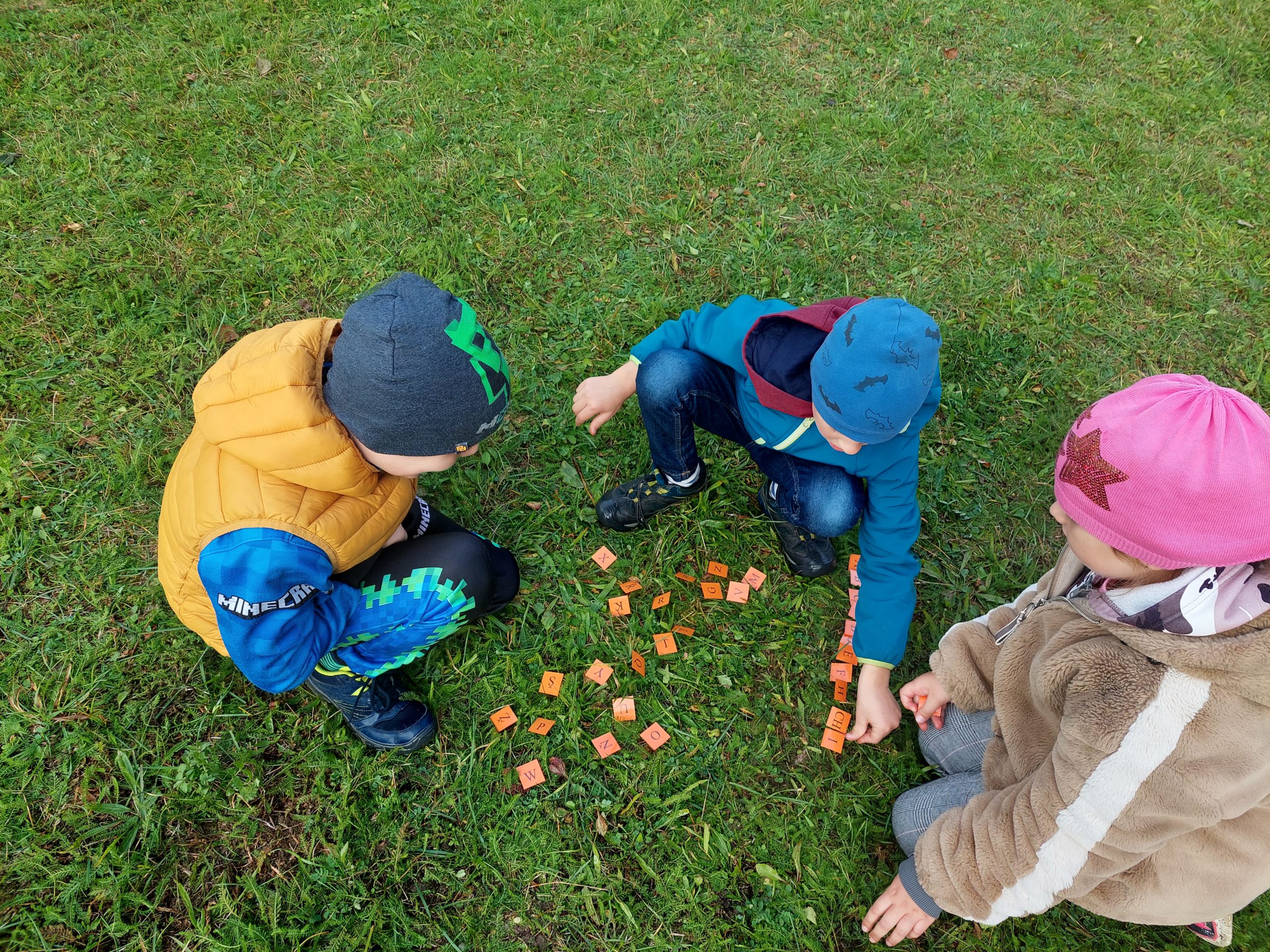Outdoor learning
Imagine a space where every child thrives through hands-on discovery, where real-life experiences replace passive worksheets, and learning becomes an exciting adventure.
Outdoor learning is an active, experiential approach to learning, that involves being outside of the classroom (and school buildings) as a central part of the experience.
It offers a stimulating and engaging approach to learning and teachers can confidently weave it into the existing curriculum with minimal additional resources.
Outdoor learning is not limited to any subject area and can be used to teach a wide range of topics, including science, history, mathematics, languages, etc.
Simply put, outdoor learning refers to any learning experiences taking place outside of the classroom. This could be in nature, on school grounds, or in urban settings – there are really no limits to where you can find great learning opportunities outside of the classroom!
What are the Benefits of outdoor learning for children?

Children’s mental health and wellbeing
Outdoor learning promotes physical activity, which is essential for children’s overall health and wellbeing. It encourages movement, fresh air, and connection with nature, which can improve fitness, reduce obesity, and enhance motor skills.
There is an enormous body of research available showing that time spent in nature can improve children’s mental health. By taking learning outdoors, we can increase mental health by improving mood, confidence and wellbeing.
Emotional and Social Growth
Nature-based learning encourages teamwork, communication, and cooperation. It helps build resilience, self-confidence, and emotional regulation as children navigate new environments and challenges.
By moving away from regimented seating plans and standard classroom based learning, children can embrace a greater sense of freedom and independence: essential contributors to their development.
Education is more inclusive
All children are unique – they learn in different ways and for some, these can actually be stifled by the classroom.
One of the many brilliant things about outdoor learning is that it gives more scope for inclusive activities and overall mindset. There are more possibilities and opportunities for all pupils to be together, experiencing the same range of activities. Plus, the sensory immersion opportunities are far higher and children feel less tied to one specific mode of learning.
Cognitive Development
Learning in an outdoor setting stimulates different areas of the brain.
It provides practical, real-life experiences: the type that children truly take on board. These engaging experiences can teach brand new skills and also enhance problem solving, teamwork and thinking skills while feeding seamlessly into the curriculum.
We see it as making lessons stick by fostering a genuine interest in the subject far beyond what a child can pick up in a textbook.
Environmental Awareness
By exploring nature, children develop a deeper understanding of and appreciation for the environment, fostering a sense of responsibility and care for the planet.
Children need to spend time outdoors to truly understand it. The beauty of combining important lessons with memorable experiences outside the classroom means that these moments in nature can be strengthened, and so too can children’s connection to and love of the natural world.
Additional text reference: ‘Learning Through Landscapes’: https://ltl.org.uk/news/5-key-benefits-of-outdoor-learning/
What are the Benefits of outdoor learning for teachers?

Enhanced Engagement
Teaching outdoors can lead to higher levels of student engagement and enthusiasm, making the learning process more dynamic and rewarding.
Broader Learning Opportunities
Teachers can use the outdoor environment as a versatile space to explore subjects like science, geography, and art, enriching the curriculum.
Improved Classroom Behavior
Outdoor learning can reduce stress and improve focus, leading to better behavior and concentration when students return to the traditional classroom setting.
